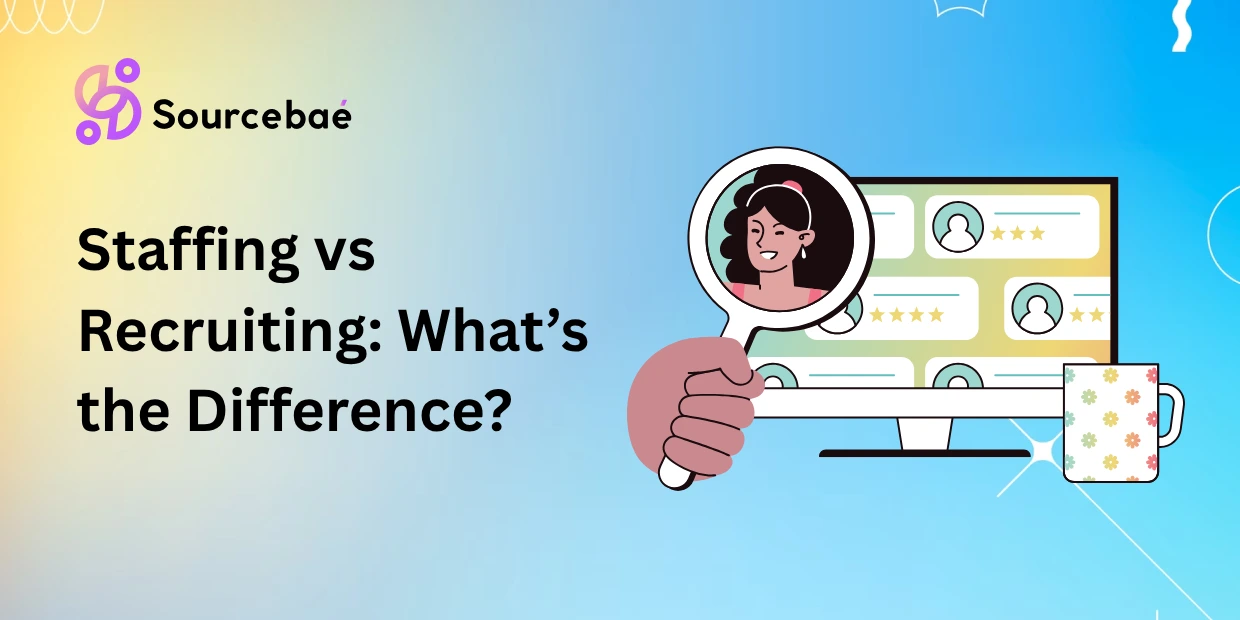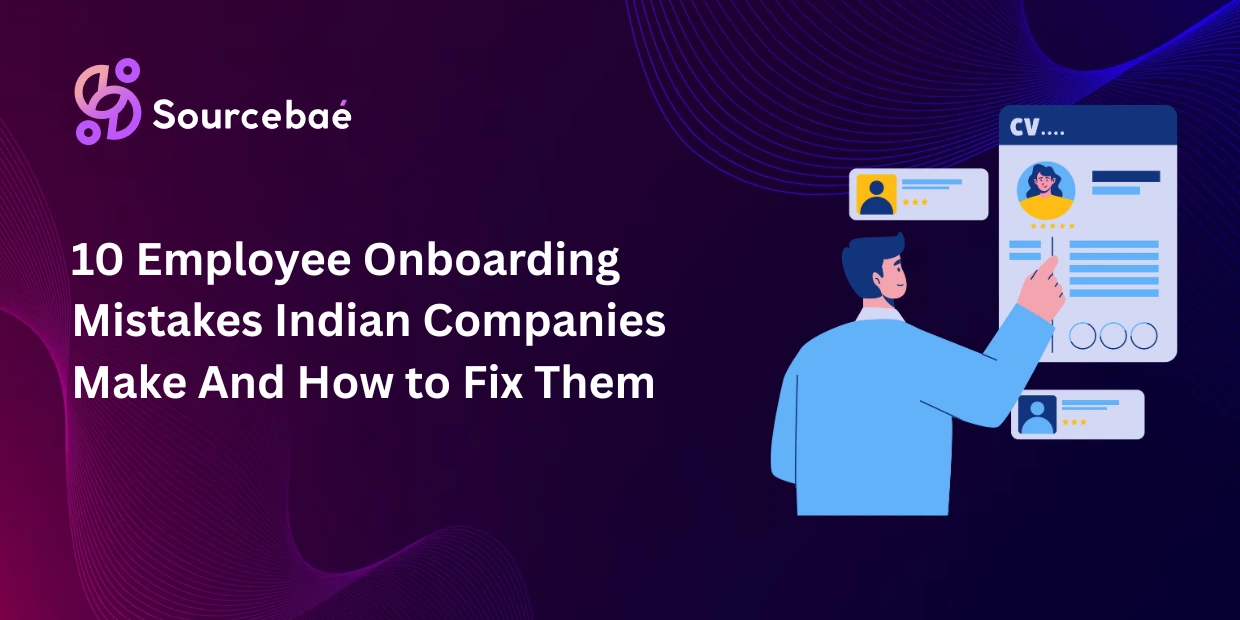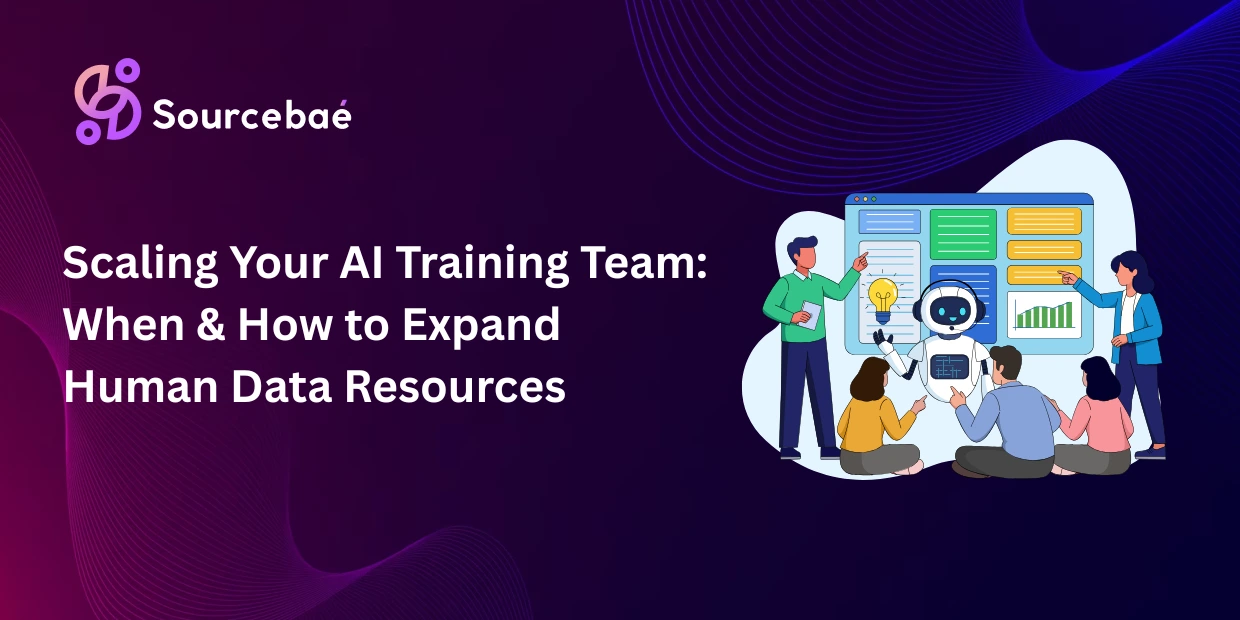Staffing vs Recruiting are closely related HR functions, but they serve different hiring needs. Staffing typically means supplying workers (often temporary or contract) to meet an organization’s short-term needs. It emphasizes speed and flexibility – for example, staffing agencies maintain a ready pool of pre-screened candidates that can be sent to jobs on short notice.
In contrast, recruiting focuses on finding candidates for longer-term or permanent roles. It involves a strategic process of attracting, evaluating, and selecting people who fit the company’s culture and future goals. For instance, a retail store might use staffing solutions to handle a holiday surge of workers, while a tech firm would engage recruiters to fill a senior engineer position.
Definition of Recruiting
Recruiting is the process of identifying and attracting qualified candidates for specific job openings. It often targets longer-term or permanent positions and aligns hiring with the company’s strategic goals. In practice, recruiters write detailed job descriptions and advertisements, source candidates through multiple channels (online job boards, social media, professional networks), and screen applicants’ resumes.
They then conduct interviews, reference and background checks, and guide the candidate through offer negotiations. The aim is to find someone who not only has the right skills but will also fit well with the team and grow with the company. For example, a recruiting firm might spend weeks researching and networking to find the best match for a hard-to-fill executive role.
Definition of Staffing
Staffing refers to supplying a workforce to meet an organization’s immediate needs, often with temporary or short-term employees. A staffing agency keeps a bench of candidates who are pre-screened and available to start work on short notice. When a client needs extra hands – for a seasonal project, special event, or a sudden vacancy – the staffing firm quickly matches available workers to the requirement.
These workers usually remain on the agency’s payroll, and the agency handles administrative tasks like timekeeping, payroll taxes, and benefits. This lets businesses “plug in” skilled labor quickly without a lengthy hiring cycle. In Hindi, the term “staffing” is often translated as “कार्मिक व्यवस्था” (karmik vyavastha), literally meaning the arrangement of personnel, which captures the idea of organizing employees to fill positions.
Objectives
Staffing Objectives:
Provide fast, flexible staffing to cover short-term needs. Agencies aim to have a pool of workers ready for quick deployment, reducing client downtime. They also take on HR admin like payroll and compliance for temporary hires. The goal is continuity – keeping jobs staffed even during fluctuations – rather than making a long-term hire.
Recruiting Objectives:
Identify and hire the best candidates for long-term roles. Recruiters focus on finding individuals with the right skills and fit who can help the organization grow. They build candidate pipelines for specialized or senior positions and invest in careful screening to ensure a quality hire. Ultimately, recruiting aims for a long-term employment relationship, aligning talent with business goals.
Process
Staffing Process:
1) Assess the immediate staffing need (e.g. temporary admin, seasonal labor). 2) Tap into the agency’s existing candidate pool or post quick-shift job ads. 3) Rapidly screen and match candidates’ skills to the job. 4) Place the worker and handle onboarding paperwork, payroll, and brief training. Staffing often skips lengthy interviews – candidates may already be vetted beforehand. Speed is key: some placements can happen in days.
Recruiting Process:
1) Define the job requirements and qualifications. 2) Advertise the opening and source applicants (via LinkedIn, job boards, referrals, etc.). 3) Screen resumes and conduct multiple rounds of interviews (phone, in-person, panel). 4) Check references/background, negotiate salary and benefits. 5) Extend an offer and onboard the new hire. This process is more involved: a vacancy might go through weeks of search and evaluation. Recruiters often build candidate pools for future needs and revisit steps as needed to find the ideal full-time employee.
Responsibilities
Staffing Agency / Staffing Specialist:
Maintain and update a pool of temporary candidates. Quickly match workers to client jobs and ensure timely placements. Handle all administrative and HR tasks for temps (time sheets, payroll, benefits, compliance). Keep clients satisfied by responding rapidly to changing workforce needs. For example, a staffing specialist might juggle dozens of assignments simultaneously, coordinating start dates and managing turn-over.
Recruiter / Recruiting Agency:
Act as a liaison between a company and job candidates for permanent roles. Craft job descriptions, source and engage candidates (passive and active), and promote the employer’s brand. Conduct interviews and assessments, then advise the hiring manager on selecting the best fit. In many cases, recruiters also manage the offer stage and help negotiate contracts. They often focus on fewer roles (e.g., one executive search) but with greater depth and longer timelines.
Skill Requirements
Recruiting and staffing professionals share some common skills (communication, sales acumen, organization), but they also have distinct strengths. Recruiters need strong sourcing and networking skills, the ability to assess candidate fit, and expertise in interviewing and negotiation. They often specialize in an industry or role type.
Staffing specialists also need excellent people skills and sales ability, but they must excel at multitasking, rapid decision-making, and administrative detail (since they handle many concurrent placements and payroll tasks). Both roles require persistence, good judgment, and a service-oriented mindset.
Timeframe
Staffing and recruiting differ notably in speed. Staffing placements are usually very fast – companies often need workers “yesterday.” For example, a staffing agency might fill a warehouse shift or clerk position in a matter of days once the need is identified. The process is streamlined: candidate pools and quick vetting mean minimal lag.
In contrast, recruiting for permanent roles is slower and more deliberate. It’s common for recruiting to take several weeks or even months, because of extensive sourcing and multiple interview rounds. (Indeed, hiring teams often “want to hire as fast as possible, because vacant positions cost money,” but real-world time-to-hire can be long.) In short, staffing offers rapid turnaround; recruiting requires patience and thoroughness.
Cost
Cost structures also vary. Staffing costs typically come as an hourly or project markup over the worker’s wage. For example, a staffing agency might charge a client $30/hr for a temp worker who earns $20/hr – covering recruitment, management, and payroll costs.
These fees continue for as long as the worker is on assignment. In contrast, recruiting costs are often one-time fees or in-house expenses. Companies may pay for job advertising and recruiters’ time, and if using a recruiting agency, they’ll pay a placement fee (usually a percentage of the hire’s first-year salary).
In fact, many recruiting agencies charge roughly 15–25% of the candidate’s first-year salary upon successful placement. For example, if you hire someone at $80,000/year, the fee might be around $12,000–$20,000. Hiring in-house avoids agency commissions but incurs HR labor costs. In summary, staffing spreads costs over hourly fees, while recruiting incurs upfront hiring expenses.
Key Performance Indicators (KPIs)
Both staffing and recruiting track performance with metrics. Common recruiting KPIs include:
- Time-to-hire: Days between job posting and accepted offer. Shorter is generally better.
- Cost-per-hire: Total recruiting cost (ads, agency fees, recruiter salaries) per filled position.
- Quality of hire: Often measured by new-hire retention or performance. For example, a common metric is first-year turnover (one-year attrition) – high turnover signals a recruiting issue.
- Sourcing channel efficiency: The yield of qualified candidates per recruiting channel (e.g., which job boards or referrals produce the best hires).
- Offer acceptance rate: Percentage of extended offers that candidates accept. Low rates may indicate salary or culture mismatch.
Staffing agencies might use similar metrics (time-to-fill, conversion rates) plus industry-specific ones like fill rate (percent of client positions filled) or utilization rate (hours worked vs available). Tracking these KPIs helps both recruiters and staffing firms improve their processes and show ROI to clients.
Challenges
Both recruiting and staffing face similar hurdles in today’s tight labor market. A top challenge is finding qualified candidates quickly. For example, one industry report found 61% of staffing leaders cited tight talent pools as their biggest problem. Small businesses and recruiters alike struggle when specialized skills are scarce.
Another shared challenge is speed versus quality: employers want hires fast, but rushing can lead to bad fits. As Workable notes, “vacant positions cost money” and yet some hires still take months, putting pressure on recruiters. Other issues include high competition for in-demand talent (candidates are courted by multiple companies), ensuring a good candidate experience, and keeping up with technology (AI tools, ATS software, virtual interviews).
Staffing agencies may additionally grapple with fluctuating client demand and maintaining candidate engagement during slow periods.
Best Practices
To excel in either domain, follow hiring best practices:
- Clarify needs up front: Define job requirements and client needs clearly before searching. Tailor the search or candidate pool to those specifics.
- Build talent pipelines: Don’t wait for openings. Maintain a candidate pool or talent pipeline for common roles. This way, you have pre-vetted people ready when a role opens.
- Use technology: Leverage tools like Applicant Tracking Systems (ATS), online assessments, and virtual interview platforms. Automating screening and scheduling frees up time and speeds up filling positions.
- Maintain communication: Set clear timelines and keep candidates/clients informed. For example, a staffing agency can map out sourcing and interview deadlines so clients know when to expect a worker. Quick, transparent communication improves satisfaction.
- Engage candidates: Keep in touch with applicants throughout the process (even passive candidates), and streamline the candidate experience. For instance, scheduling interviews promptly and giving feedback can keep top talent engaged.
- Use data to improve: Track your KPIs and learn from them. Measure which sourcing channels work best, analyze time-to-hire bottlenecks, and adjust strategies accordingly. Data-driven recruiting lets you continually refine the process.
By combining these practices—whether for staffing or recruiting—HR teams and agencies can better meet hiring needs and adapt to challenges.
Staffing and recruiting may overlap, but they are distinct parts of talent acquisition. In summary, staffing is geared toward short-term, fast solutions (a continuous process of keeping roles filled and managing temporary staff), whereas recruiting is a targeted process for long-term hiring (focusing on finding the best permanent employees).
Both have their place: a smart HR strategy uses staffing for immediate gaps and recruiting for strategic hires. Understanding the difference ensures companies and job seekers know which approach applies – whether you need a quick temporary workforce or a deep search for a star candidate.
Sources: Authoritative industry resources and HR guides were used to compile definitions, comparisons, and best practices for staffing vs. recruiting.






